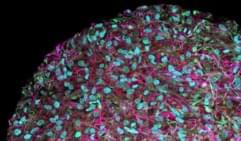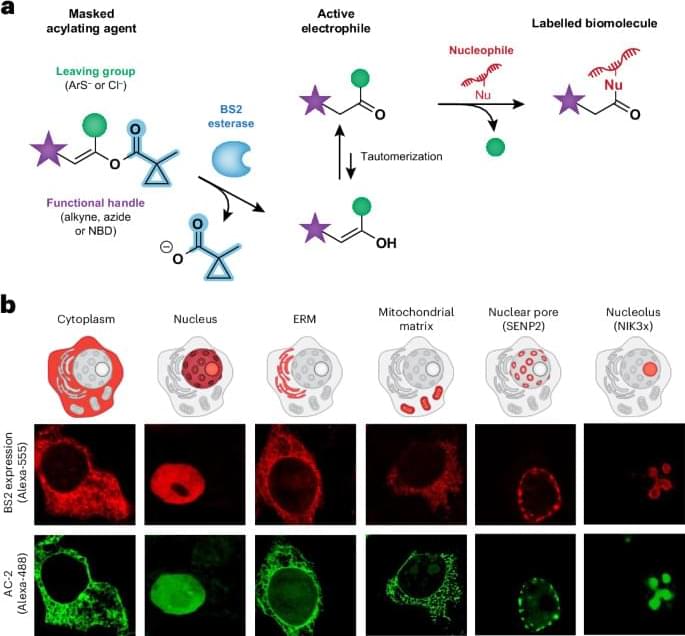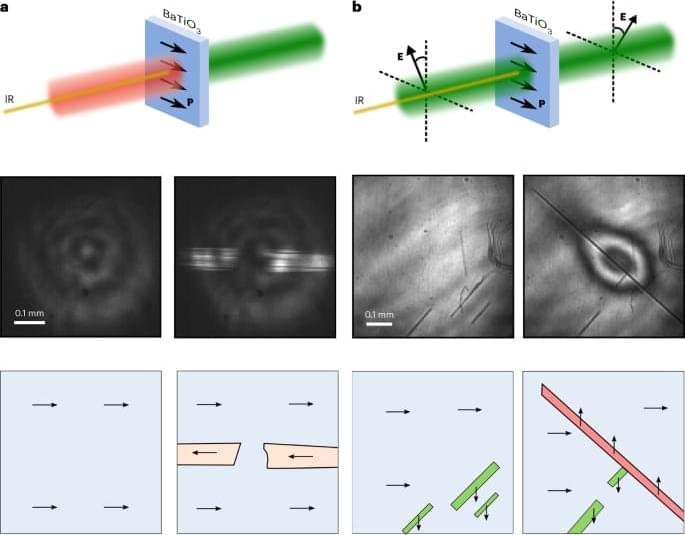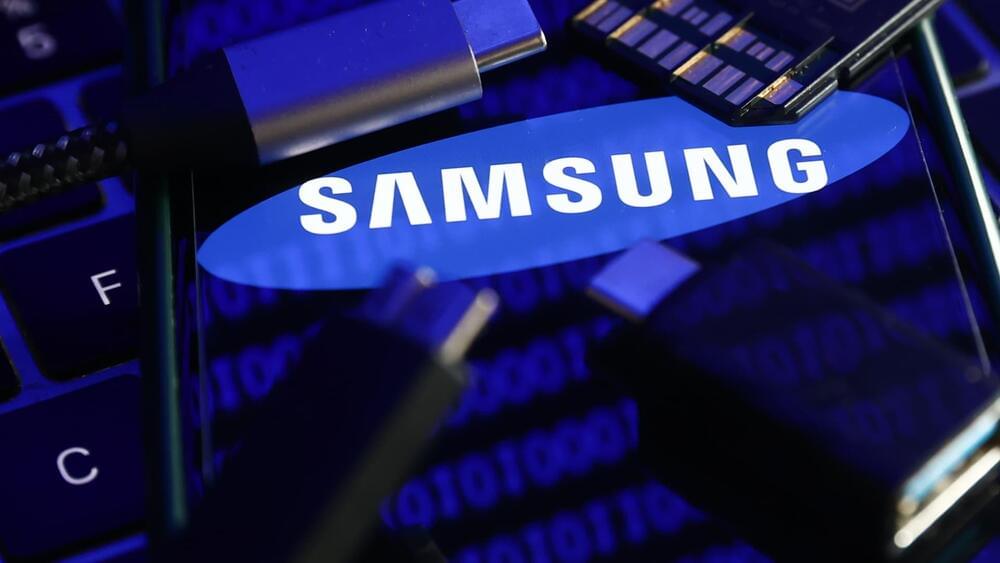A roadmap for the strategic development of organoid intelligence as a scientific discipline.



The technology can also be used to devise a range of advanced sensors for everyday use and to advance science. Twamley’s lab uses levitating materials to build oscillators, which can be used to develop ultra-sensitive sensors. Making these oscillators work without using external energy sources can make them easier to deploy, and this is what the research team at OIST set out to do. What they faced was a series of challenges.
The device that OIST researchers aimed for was a ‘frictionless’ platform. However, the system would lose energy over time without an external power source. This is known as ‘eddy damping’ since external forces make an oscillating system lose energy.
The other hurdle to overcome would be minimizing the system’s kinetic energy. This is necessary since it can help improve the system’s sensitivity if it were to be used as a sensor. If the kinetic motion can be further cooled to the quantum realm, it could also open up possibilities of more precision measurements.


In a global research effort, scientists have uncovered a relationship between metabolism problems in the brain and a range of neuropsychiatric and neurodegenerative disorders, from autism to Alzheimer’s disease and more.
Despite their diverse symptoms, these conditions – as well as depression, epilepsy, schizophrenia, intellectual disability, and bipolar disorder – all involve a degree of cognitive impairment and often share genetic or metabolic features, hinting at a common biological basis.
The extensive collaboration by the International Brain pH Project Consortium, involving 131 scientists from 105 labs in seven countries, identified changes in brain acidity and lactate levels in animals as key signs of this metabolic dysfunction.

A non-radical proximity labelling platform — BAP-seq — is presented that uses subcellular-localized BS2 esterase to convert unreactive enol-based probes into highly reactive acid chlorides in situ to label nearby RNAs. When paired with click-handle-mediated enrichment and sequencing, this chemistry enables high-resolution spatial mapping of RNAs across subcellular compartments.

Researchers reveal that naturally emerging epsilon-near-zero conditions in BaTiO3 can be exploited to drive permanent all-optical switching of ferroelectric polarization. The general nature of the epsilon-near-zero regime means that the approach could be used to switch spontaneous order parameters in other systems.

Could our First Alien Contact be with Intelligent Spiders as in the SciFi novel “Children of Time”? New blog posted on BigThink, link at https://www.searchforlifeintheuniverse.com/post/could-our-fi…nt-spiders


Dark matter is a ghostly substance that astronomers have failed to detect for decades, yet which we know has an enormous influence on normal matter in the universe, such as stars and galaxies. Through the massive gravitational pull it exerts on galaxies, it spins them up, gives them an extra push along their orbits, or even rips them apart.
Like a cosmic carnival mirror, it also bends the light from distant objects to create distorted or multiple images, a process which is called gravitational lensing.
And recent research suggests it may create even more drama than this, by producing stars that explode.

Researchers have successfully transformed CO2 into methanol by shining sunlight on single atoms of copper deposited on a light-activated material, a discovery that paves the way for creating new green fuels.
An international team of researchers from the University of Nottingham’s School of Chemistry, University of Birmingham, University of Queensland, and University of Ulm have designed a material made up of copper anchored on nanocrystalline carbon nitride.
The copper atoms are nested within the nanocrystalline structure, which allows electrons to move from carbon nitride to CO2, an essential step in the production of methanol from CO2 under the influence of solar irradiation. The research has been published in the Sustainable Energy & Fuels journal.